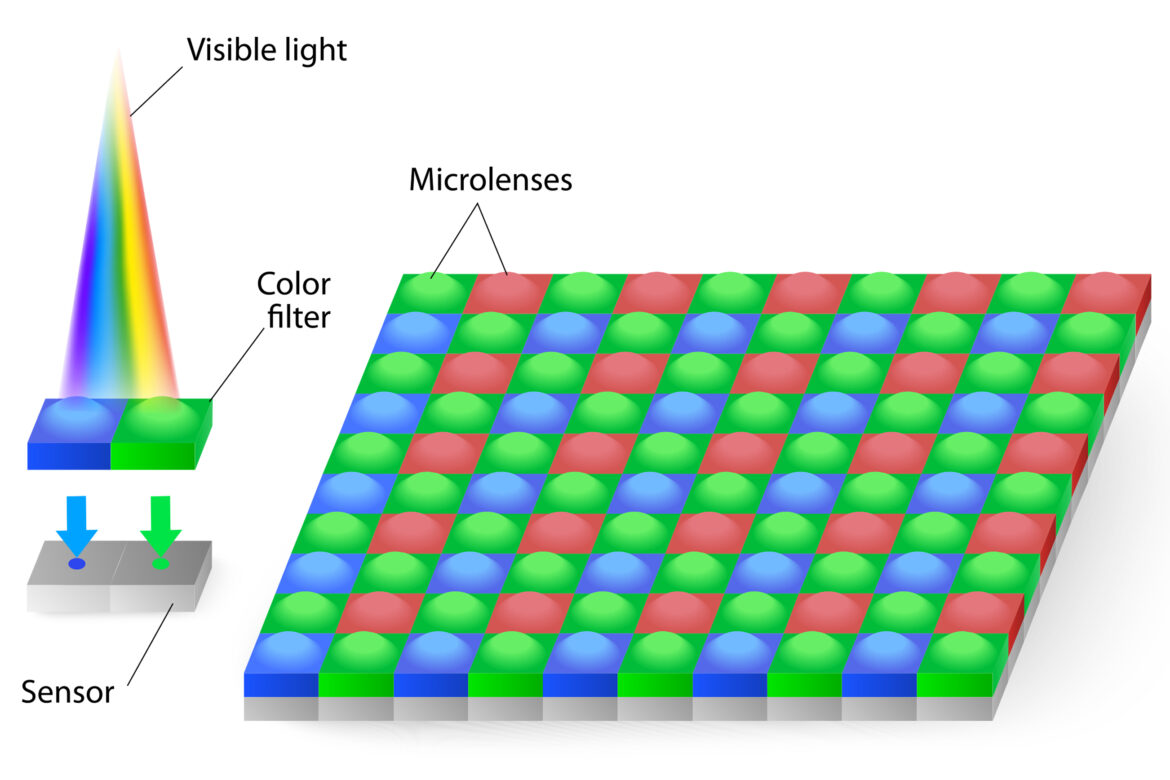Microlenses are tiny lenses that are used in a variety of applications, including microscopes, optical fibers, and biomedical imaging. Microlenses can be made from a variety of materials, including glass, plastic, and silicon.
Microlenses are typically fabricated using photolithography, a process in which patterns are created on a photosensitive material using light. The patterns are then transferred to the microlens material using an etching process.
The size of a microlens is typically on the order of micrometers (millionths of a meter). For comparison, the diameter of a human hair is about 100 micrometers.
The focal length of a microlens is determined by its curvature. A microlens with a shorter focal length will have a more curved surface than one with a longer focal length. The amount of curving is also affected by the index of refraction of the lens material; materials with higher indices will produce more curved surfaces for given focal lengths.
The focusing properties of microlenses can be exploited in many ways. In microscopy, for example,microlenses can be used to increase the resolution beyond that which is possible with an unaided eye or conventional microscope objective lens. This is because the smaller dimensions of the microlens allow for finer details to be resolved. Additionally,micro lenses can be used to increase the light-gathering powerof telescope objectives leading to brighter images and enable fainter objects to be observed . Biomedical applications exploit both these properties; high-resolution images can reveal details about cells and tissues that would otherwise be invisible , while increased light collection allows for dimly-lit areas such as blood vessels to be imaged . Other potential applications include data storage (holographic data storage makes use of interference between two beams focused by separate lenses)and fiber optics(where multiplexing – sending multiple signals over different wavelengths through the same fiber – relies on each signal being focused into separate cores by means of wavelength-specific lenses).


